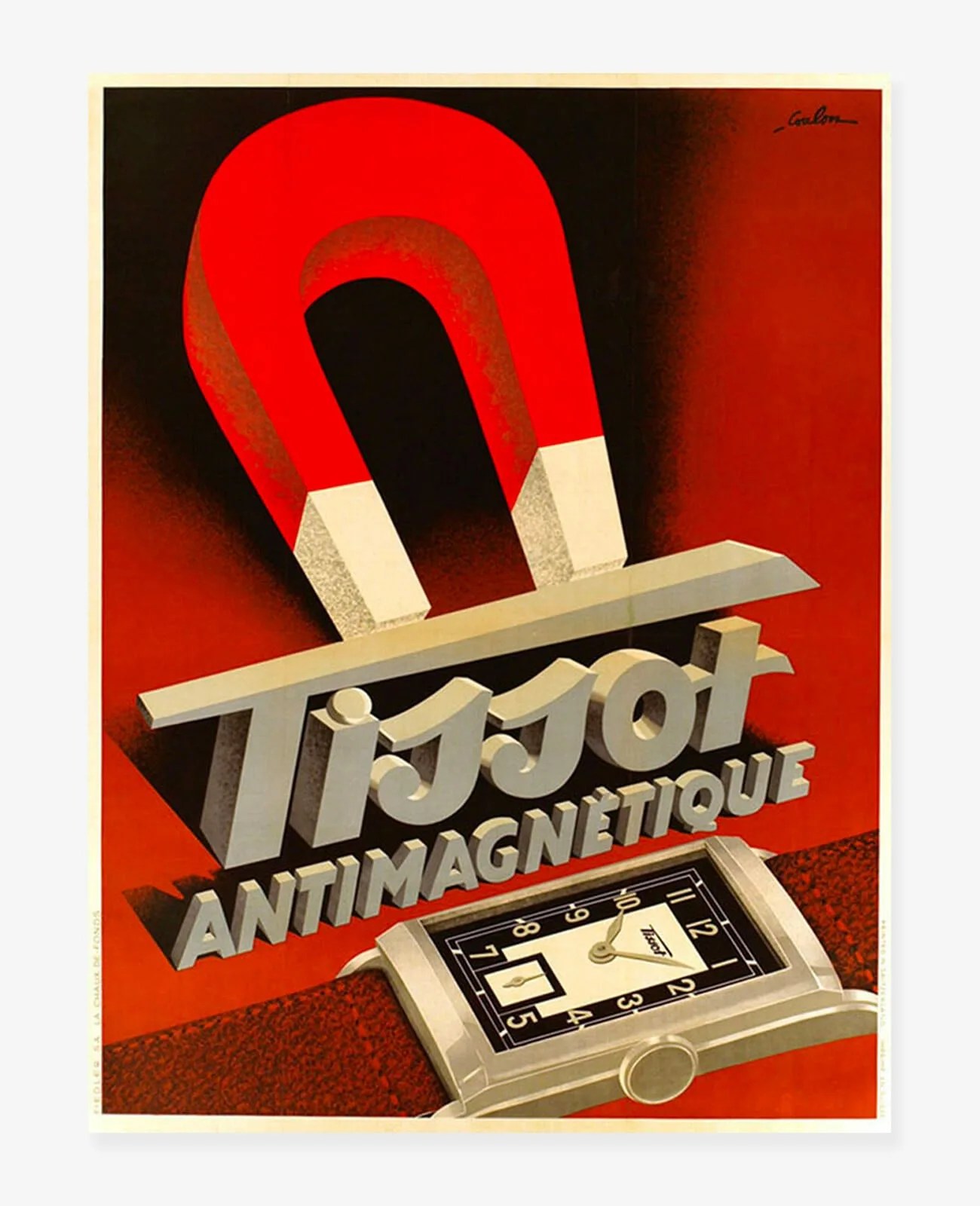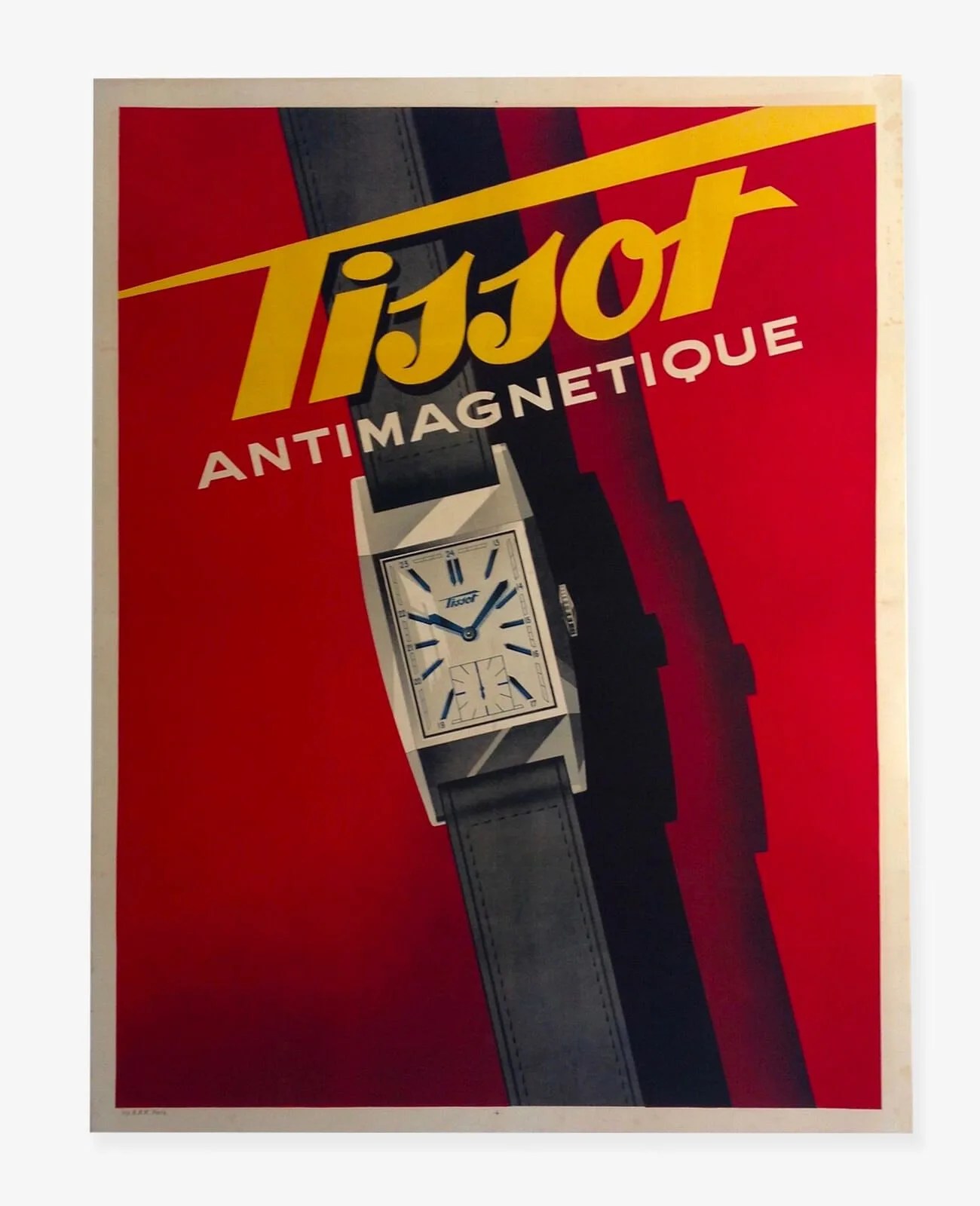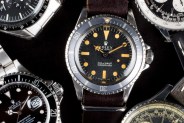Welcome to Watches You Should Know, a biweekly column highlighting important or little-known watches with interesting backstories and unexpected influence. This week: the Tissot Antimagnétique.
If your otherwise trusty mechanical watch isn’t running quite right, it may be the victim of an invisible enemy. No, not Covid-19, but rather: magnetism. It’s all around us and has presented a challenge to watchmakers for ages, the solution to which is the antimagnetic watch movement. And despite the existence of more prominent examples of antimagnetic watches from prestigious companies like Rolex and Omega, a humbler timepiece called the Tissot Antimagnétique predated them by decades.
What’s the big deal about magnetic fields we can’t even readily detect and their effects on watches? While antimagnetic properties might not sound as exciting as hardcore water resistance or exotic case materials, it’s important stuff to consider. At least, it’s important if you want your watch to keep accurate time. But it’s also interesting to note that watchmakers were aware of and addressing the problem of magnetic fields well before electric devices that generate them were even common in society, as they are today.

When Tissot introduced its Antimagnétique in 1930, an antimagnetic pocket watch by Vacheron Constantin was already 15 years old — and research and experiments relating to anti-magnetism in watchmaking are recorded as early as 1846. And while it’s common for technology to have first been introduced in pocket watches before finding its way into the smaller movements of wristwatches, Tissot’s claimed its Antimagnétique specifically as the first antimagnetic wristwatch, which was significant.
Detailed technical information on the Antimagnétique is scarce, but Tissot appears to have used a similar solution to anti-magnetism as Vacheron Constantin. It’s magnetization of the regulating mechanism — and especially the delicate balance spring — in watch movements that causes problems (learn more about it here and how to fix it yourself here). Some materials hold a magnetic charge more than others or not at all, and a 19th-century watchmaker intending to address the effects of temperature on balance springs discovered that palladium was also highly antimagnetic.
It seems that using a palladium alloy in the watch movement did the trick both for Vacheron and Tissot. The brand’s materials don’t say precisely how many gauss the movements could withstand — but they do note that the magnetic resistance of Tissot’s watches was “corroborated by numerous scientific studies commissioned to the Swiss laboratory for watchmaking research of Neuchâtel, an independent body.” The brand further installed “chrono-electromagnet” testing equipment in its own facilities.


